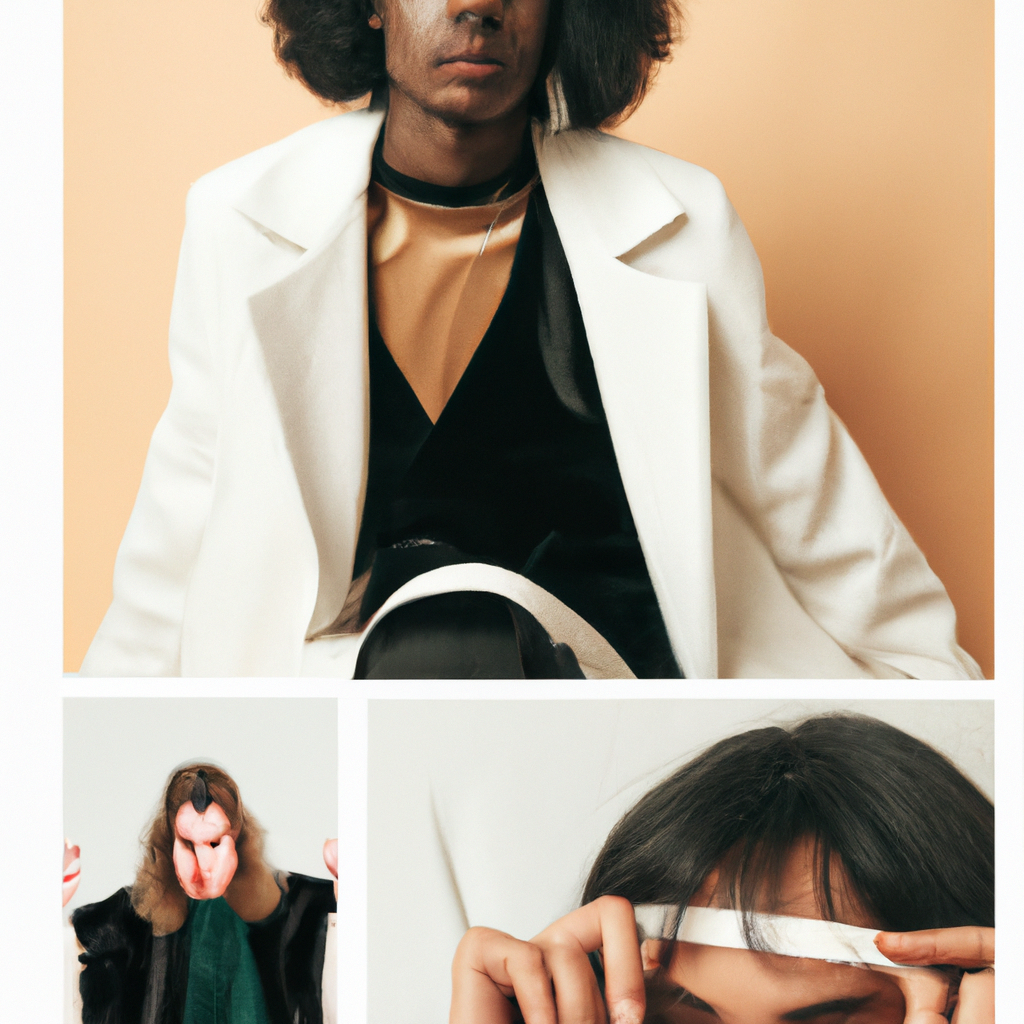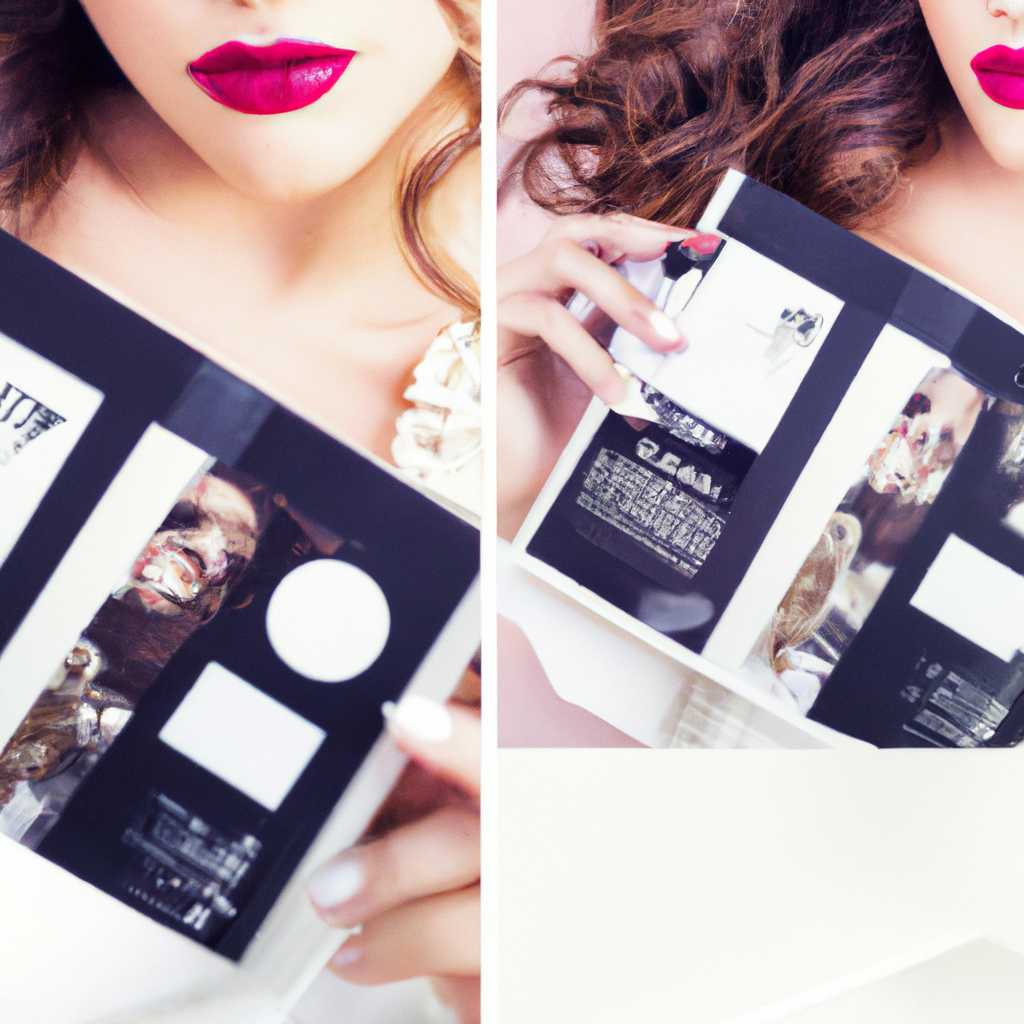If you’re someone who’s interested in pursuing a career in fashion photography, then it’s important to understand the differences between an editorial and a commercial approach to the art form. When it comes to creating stunning images, there is no one-size-fits-all approach. Instead, there are unique styles for different types of fashion photography. Let’s delve into these distinctions between editorial and commercial fashion photography to help you determine which one you’d most excel at.
1. A Comparison of Editorial and Commercial Fashion Photography
Fashion photography encompasses a variety of photographic styles used to bring clothing and accessories to life. Editorial and commercial fashion photography serve two distinct and separate purposes that distinguish them from each other.
- Editorial fashion photography is a genre of photography devoted to capturing fashion and style for magazines, newspapers, and other print media to showcase the fashion industry through creative and trendy poses, composition, and accounts of current fashion trends and stories.
- Commercial fashion photography is a genre of photography used across advertising, marketing, and editorial platforms to capture clothing, accessories, and lifestyle images that promote a company or product.
Editorial and commercial fashion photography take different approaches to styling and composition. Editorial photographs tend to focus on the bigger picture and make a statement about the fashion, whereas commercial photographs focus on the item being sold. Editorial photographs can use more the models’ personalities or the surroundings. Commercial photographs, on the other hand, focus on the product. Accessories and props come into play to add context to the clothes being photographed.
In terms of appearance, editorial fashion photos tend to be more artistic and high contrast with intricate lighting. They have a more editorial, story-driven feel, whereas commercial photographs are more subtle and natural, with low to no contrast. Commercial photographs often feature more natural poses and surroundings, while editorial photographs are more artistic and dramatic.
2. Exploring the Different Approaches of Editorial & Commercial Photography
Editorial and commercial photography can take on very different approaches to reaching and connecting with an audience. Both forms aim to evoke a sense of emotion, create an appealing or awe-inspiring image, or simply to capture a moment in time.
When it comes to editorial photography, an artistic, often eye-catching approach is taken to convey a visual story. Where the image is taken, how it’s composed, the lighting used to highlight the elements of the image – all these factors come into play to showcase a story that can range from a thought-provoking concept from politics to a picturesque beach scene reflecting a family’s holiday adventure.
Meanwhile, commercial photography seeks to showcase a product or service in an effective yet visually attractive style. Businesses may tap into a commercial photographer’s know-how to create powerful photographs that do several things. From setting the desired tone, to driving a specific narrative that resonates with potential buyers or the brand, to capturing the goals of the business, commercial photography has to be striking and persuasive.
Some of the techniques used across both forms of photography include:
- Choosing the right background or setting for a shoot.
- Arranging props or selecting wardrobe to complement the scene.
- Utilizing innovative angles and perspectives to create an interesting image.
- Applying the best lighting to capture the image.
- Post-production techniques to edit and enhance.
At the end of the day, each form of photography pulls from the same well of creative techniques to help tell a story or showcase a product, while honing the photographer’s distinct style.
3. The Creative Effects of Editorial vs. Commercial Fashion Photography
When it comes to fashion photography, the creative effects of editorial versus commercial work vary drastically. It’s important to understand the differences between the two types of fashion photography to get a sense of the kind of finished product you might be looking for.
- Editorial fashion photography focuses on a concept or feeling, as opposed to showing off a particular garment. You may choose to bring in props or have the model interact with the environment in a specific way.
- Commercial fashion photography emphasizes the garment or items being sold. It is much more straight-forward and involves making the fashion items look their best in the environment they will actually be sold in.
The end result of the two types of fashion photography is also quite different. While many of the same techniques may be used for both types, editorial fashion photography is usually much more experimental and artistic in nature. This type of photography lends itself well to creative interpretations, with more focus on communicating a story than on marketing a product.
With commercial photography, the primary purpose is to make the fashion item look attractive and accessible. It is often more clear-cut, and can use flashy techniques and bold colors to make them stand out to potential customers. You may also find yourself making use of creative angles or interesting framing to emphasize the best features of the item.
4. Deciphering the Impact of Editorial vs. Commercial Photography on the Fashion Industry
The fashion industry has long been a hotbed of creative advertising. Whether it’s editorial or commercial photography, the way we portray models and products in fashion pictures has become increasingly imaginative—and highly influential. Let’s take a look at how the two styles compare and what impact they have on the industry as a whole.
- Editorial Photography: Editorial photography is typically used when creating fashion spreads for magazines and advertisements. They are great for creating engaging visual stories because the focus is on storytelling rather than hard selling. By featuring clothing and models in interesting scenarios and locations, editorial photography can show off the fashion items in a more subtle and emotionally meaningful way.
- Commercial Photography: Commercial photography, on the other hand, is the direct opposite, often focusing on presenting the product and the model in a straightforward, literal and sales-oriented way. Showcasing clothes in the traditional model, studio and static style of posing creates a clean, crisp image with a call-to-action to buy the item.
Both editorial and commercial photography can have a massive impact on the fashion industry. Through editorial imagery, fashion brands can engage their customer base by telling stories and creating visual cultures that capture the lifestyle a brand is promoting. Through commercial imagery, brands are better able to display their clothing in the most flattering and saleable way.
At the world’s leading fashion events, showing a commitment to both editorial and commercial photography is essential. The marriage of the two creates an elevated vision. And it is this marriage that helps the fashion industry to spread its message and remain a leader of inspiring visuals.
No matter what type of fashion photography you’re interested in, understanding the differences between editorial and commercial photography will allow you to choose the perfect approach for your project. So don’t forget to do your research, and make sure you find the best photographer for the job!


